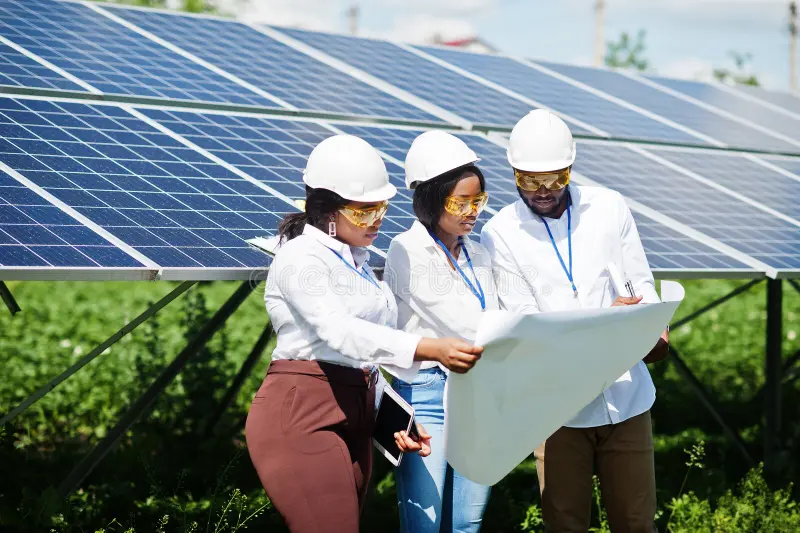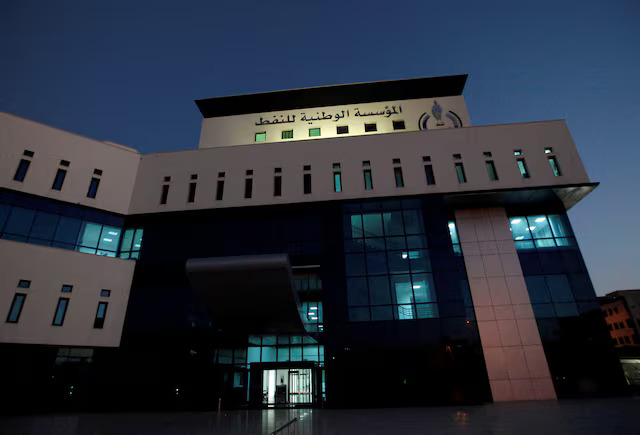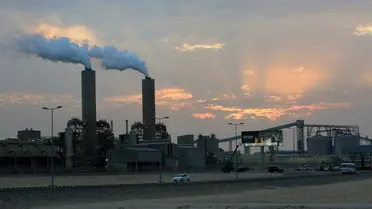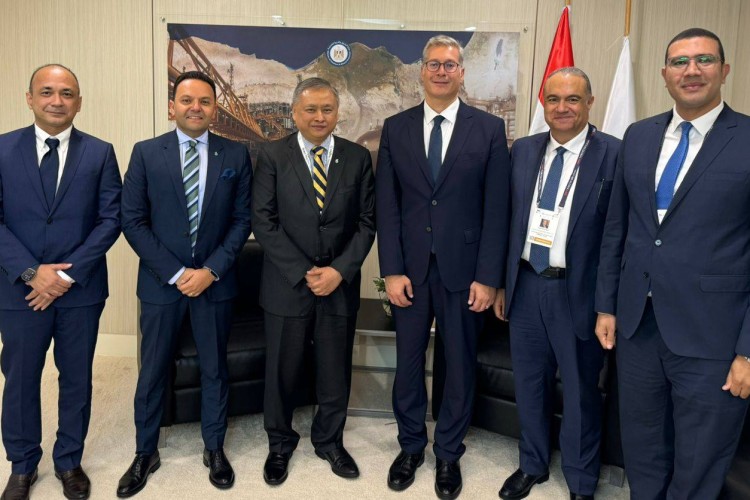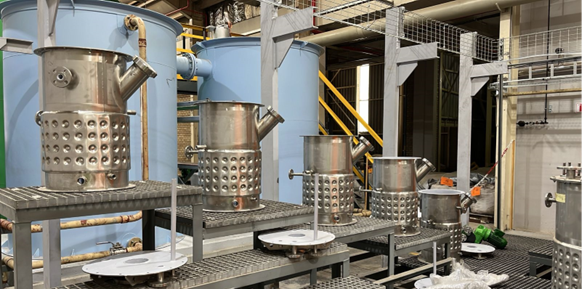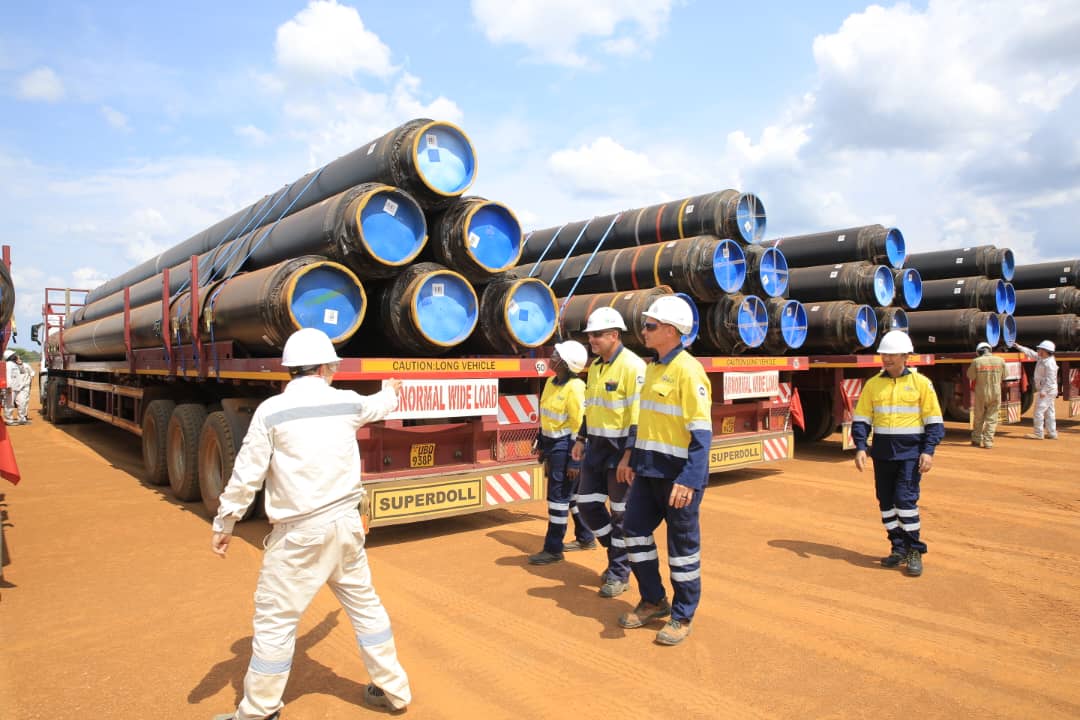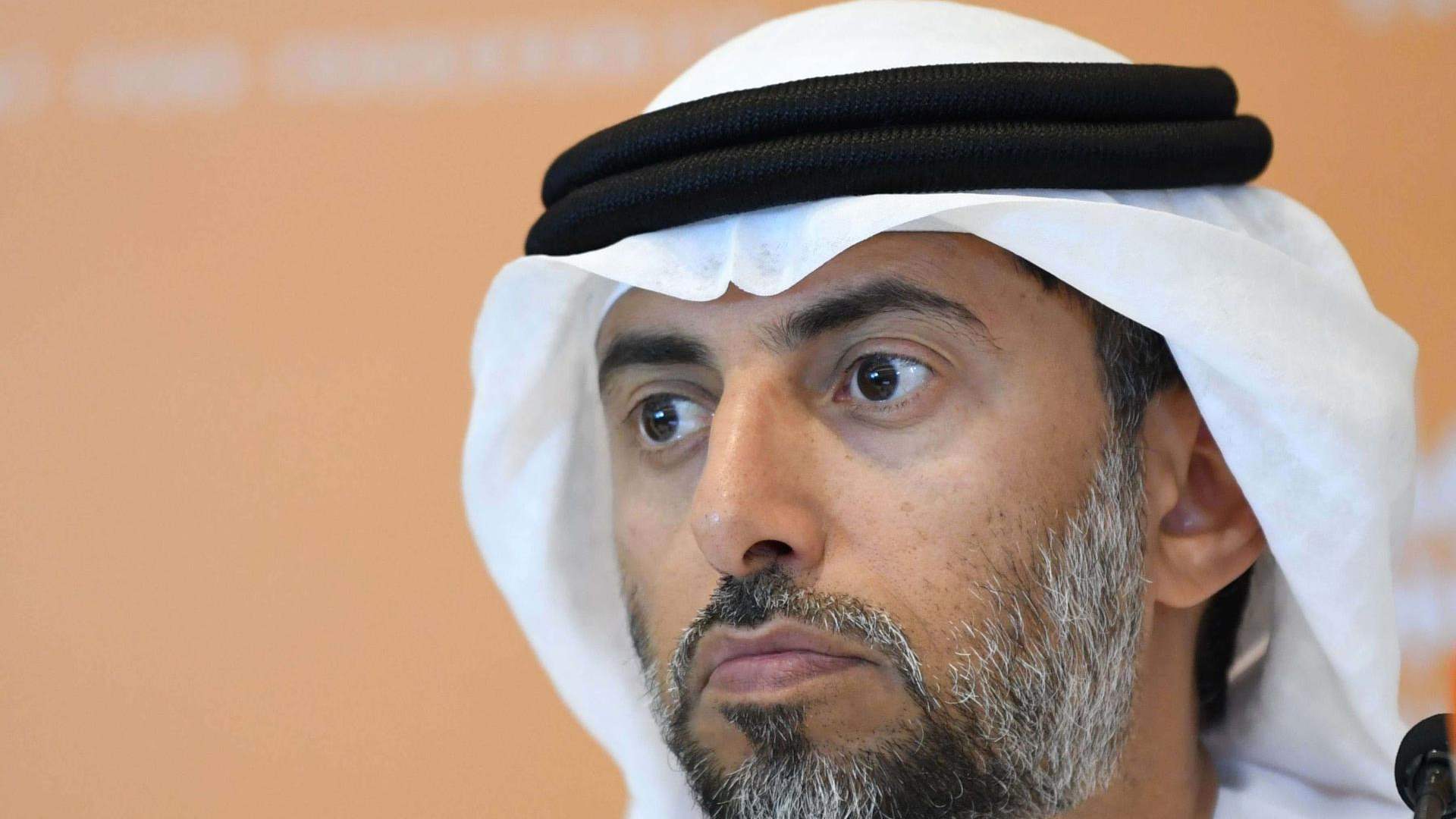Distribution

Uganda-South Sudan energy project to increase electricity supply

Another objective is to integrate South Sudan into the East African Power Pool network to address electricity shortages and problems associated with reliability and affordability of electricity supply in the country.
The country’s electricity access rate in 2022 stood at 8.4% for 11.09 million people – the lowest in the world. For Uganda, access to electricity was reported at 47.1% in 2022 for its 48.5 million population, according to the World Bank.
The South Sudan-Uganda Power Interconnection Project (SUPIP) is also expected to provide surplus generating capacity on the Ugandan market and will expand electricity trading between Uganda and South Sudan.
Uganda-South Sudan project has several components
· Construction of a 299km electricity interconnection between Gumbo village, near Juba (capital of South Sudan), and Olwiyo in Uganda
· Construction of two new 400/132/33kV substations, one at Gumbo and the other at Biba on the border with Uganda;
· Expansion and upgrading of the Karuma and Olwiyo substations
· Installation of distribution networks and 1,000 -mile connections
· Project administration and management
· Capacity building and joint coordination, including a study of the cost of electricity services for South Sudan ; and
· A resettlement action plan, including the restoration of livelihoods and an action plan for gender equality.
SUPIP is to be funded through several loans and grants approved by the Board of Directors of the African Development Fund (ADF), the concessional lending arm of the African Development Bank (AfDB).
The project, approved on 13 December 2024 in Abidjan, will cost a total of $260 million, of which $153.66m will be provided by the Fund.
The ADF provided a loan of $119.21m to Uganda and a grant of $32.50m to South Sudan.
The Nile Basin Initiative, of which both countries are members, receives a further $1.95m grant from the ADF.
The European Union is providing a grant of €48.93m (around $51.3m) to South Sudan, while the Ugandan government had committed matching funding equivalent to $17.44m.
Improving access to electricity in South Sudan and export revenues to Uganda
Uganda and South Sudan signed a memorandum in 2015 on the creation of a 400kV transmission line between Olwiyo and Juba in order to address electricity deficits in South Sudan. The aim was to provide a clean, reliable and affordable electricity supply to South Sudan while increasing electricity export revenues for Uganda.
The memorandum mandated the Nile Equatorial Lakes Subsidiary Action Programme (NELSAP) to coordinate project implementation.
The AfDB said the new interconnection will enable exchange of an average 624GWh of energy between the two countries each year.
It will also reduce greenhouse gas emissions and improving access to electricity for 286,710 people in South Sudan.
“Project implementation will reduce kilowatt-hour tariffs for end users in South Sudan, in line with the recommendations of a study into the cost of electricity service.”
It will also create at least 50 permanent jobs (including 15 for women) and 1,000 temporary jobs (including 300 for women) during the construction and operation phases of the project.
Bhebhe Themba, Country Manager for South Sudan at the AfDB said the project is essential for unlocking business opportunities, catalysing local industry and the production of goods.
“It will create jobs for young people and women, helping to reduce poverty by strengthening resilience and addressing the main drivers of conflict and fragility in South Sudan, in line with the strategies pursued by the Bank.”
In a document released on 23 January 2025, the AfDB said Specific Procurement Notices (SPNs), Request for Proposal (RFP) for consultancy services and Bidding Documents for goods and works contracts for the SUPIP are expected to be available by March 2025.



